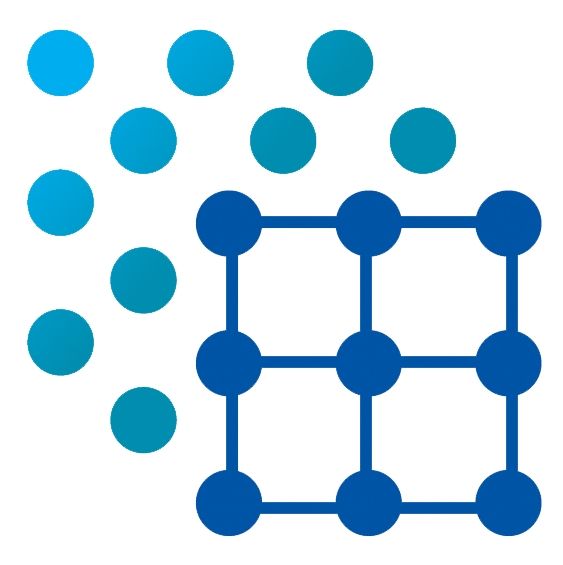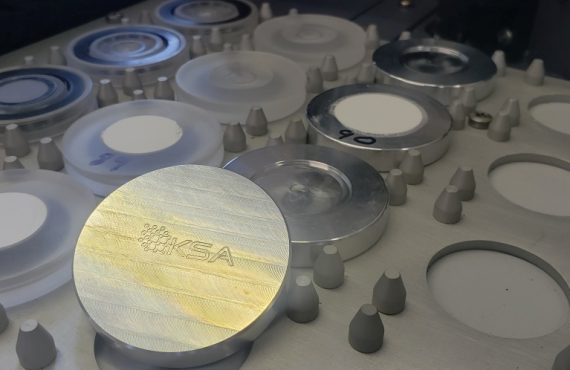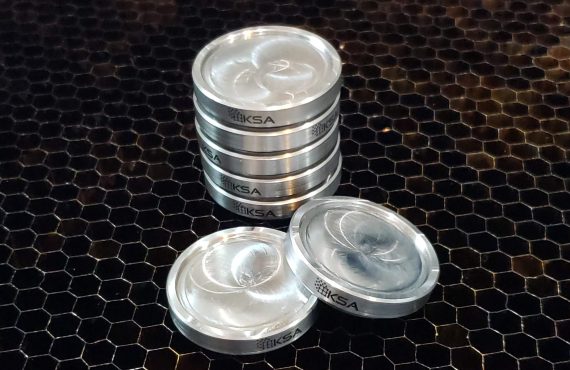New Search
If you didn't find what you were looking for, try another search
Revisiting an experiment from 2014 I still reference this post on our laboratory site often so it seems like it deserves a place on the main blog for KS Analytical Systems. Enjoy Our recent sealed sample cell project required a thin covering film to
The Siemens D5000 and Bruker D8 systems we work with have an optional phi-stage that is very useful. It looks and moves like any other rotation stage, but it’s driven by a stepper motor which actually makes it an additional
This project started with a phone call several months ago from a Canadian government lab. They had a very specific application so the design was driven much more by their requirements than most zero-background holder designs. A 1mm deep well
There’s a simple and inverse relationship between the average atomic number of a given matrix and the efficiency with which it scatters X-rays. The effect isn’t all that much different from shining a flashlight on a white piece of paper.
Plastic sample holders have been the default option XRD for decades. They’re inexpensive to make, good enough for most purposes, and very resistant to a wide range of chemicals. Seems like a “win” all around right? As long as they’re
KS Analytical Systems now offers custom sample holders for the Bruker D2 Phaser 6-position autosampler. These can be finished to order with any depth and diameter of well or a zero-background plate (ZBH) with or without a well ground in
KS Analytical Systems now offers custom sample holders for Rigaku Miniflex systems. The 6-position autosamplers and rotation stages (and even some fixed stages) make use of the magnetic disk design for holding powder without taking up much extra room in
It’s easy to forget how much of our scientific work hinges upon comparative data. The entire field of metrology is concerned with the verification and maintenance of “standard reference materials” (SRMs). Creating a perfect reference standard essentially involves proving a
The latest version of the D8 comes in many different configurations covering powder (PXRD), High Resolution (HRXRD) and Single Crystal (SCXRD). Powder systems are the most common and that our focus at KSA. These are offered with a wide range
- 1
- 2










